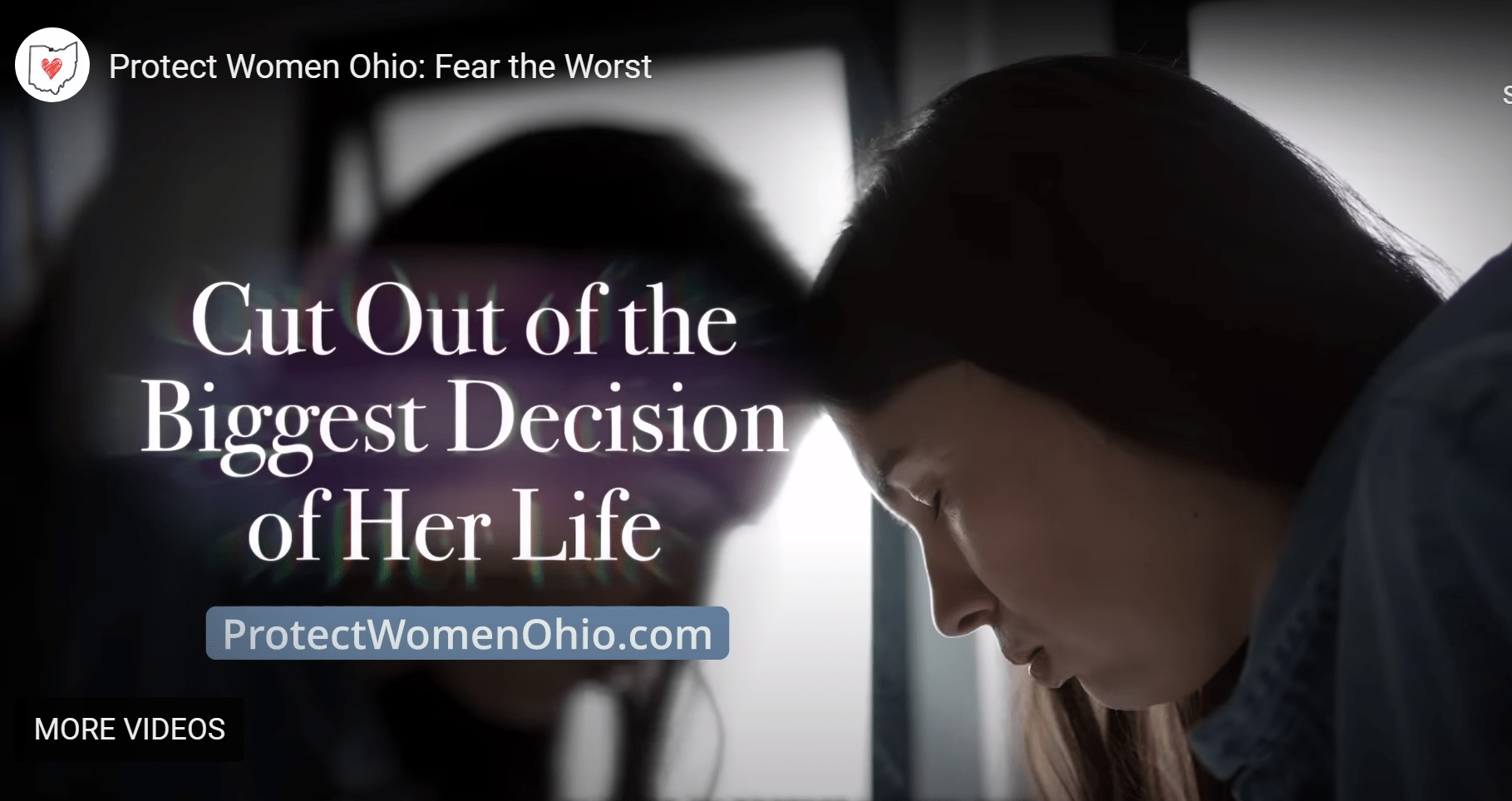Abortion-advocacy groups will soon begin collecting signatures in an attempt to place a proposed state constitutional amendment on the November 2023 ballot. This not simply an effort to repeal Ohio’s Heartbeat law, which generally prohibits abortion upon the detection of fetal heartbeat (typically around six weeks) while still allowing doctors to prevent the death or impairment of major bodily functions of the mother. The heartbeat law was blocked in the state’s lower courts, and the Ohio Supreme Court is expected to decide its ultimate fate.
National Review calls amendment disastrous
According to an op-ed in the National Review, the concern is the broadly worded provision that states: “every individual has a right to make and carry out one’s own reproductive decision including but not limited to” several categories: contraception, fertility treatment, continuing own’s own pregnancy, miscarriage care, and abortion. That is doesn’t mention woman or age of the individual and is not limited to those reproductive decisions mentioned above, establishes its scope as “sweeping.” According to the authors, the proposed amendment would outlaw virtually any restrictions on abortion and all other procedures, including sex-change surgeries, that touch on reproduction, for both adults and minors. It would cancel out not only parental-consent laws but also mere parental notification for minors’ abortions or sex-change surgeries; strike down health protections for people of all ages who undergo these procedures, including requirements that a qualified physician perform them; and erase any meaningful limits on late-term abortions.
The op-ed concludes that if passed by Ohio voters the proposed Ohio constitutional amendment would make the state into a haven for no-limits abortion and other procedures. It would become a likely jurisdiction to harbor a future Kermit Gosnell, whether he is a practitioner of abortion, sex-change surgery, or other procedures under the umbrella of reproductive care. Complete strangers who assist children in obtaining life-altering procedures would find themselves on the right side of the law, while parents who try to protect their children would be deemed to have run afoul of the law. And if part of the state constitution, Ohioans elected representatives in Columbus will be powerless to pass any statute that would undo the damage.
What it takes to get on the ballot
The coalition in support of the ballot issue needs to gather nearly 413,000 valid signatures by July 5 to get on the November 2023 ballot. According to a recent report, the coalition is aiming to collect 700,000 signatures, and will check names, addresses and whether the signers are registered to vote as they come in, using mostly trained volunteers.
Ohio also has a signature distribution requirement which requires petitioners to gather signatures equal to a minimum of half the total required in 44 of the 88 Ohio counties.
If these criteria are met and the proposal is placed on the ballot, a simple majority of voters can pass it and enshrine these provisions into the state constitution. Late last year, state lawmakers considered raising the vote threshold to approve constitutional amendments to 60%. That proposal failed in the waning days of the two-year legislative session, reemerged this year but has stalled in the Ohio House. This is likely due to the Gang of 22 – the group of 22 republican representative that colluded with the Democrats to elect a moderate House speaker and thwart the Republican supermajority elected by Ohio voters.

Opposition begins $5M campaign to inform potential signers of the danger
Protect Women Ohio, a pro-woman and pro-parent group, is the committee registered in opposition to the initiative. Other opposing organizations include the Catholic Diocese of Cleveland, Center for Christian Values, Dayton Right to Life, Ohio Right to Life and Right to Life Action Coalition of Ohio.
Even before the signature gathering process began, Protect Women Ohio released a $5 million ad buy to underscore the dangerous and extreme nature of this constitutional amendment. The 30-second spot appeals to mothers of young daughters and emphasizes the provisions that could abolish parental rights and eradicate the basic health and safety standards that currently protect Ohio women and girls.
The spot states, “Your daughter is young, vulnerable, online. You fear the worst. Pushed to change her sex or get an abortion, you have some right to help her through this but activists want to take all that away. Under their proposed amendment to the Ohio constitution, the State shall not interfere with individuals getting abortion or sex changes, meaning you could be cut out of the biggest decision of her life!”












